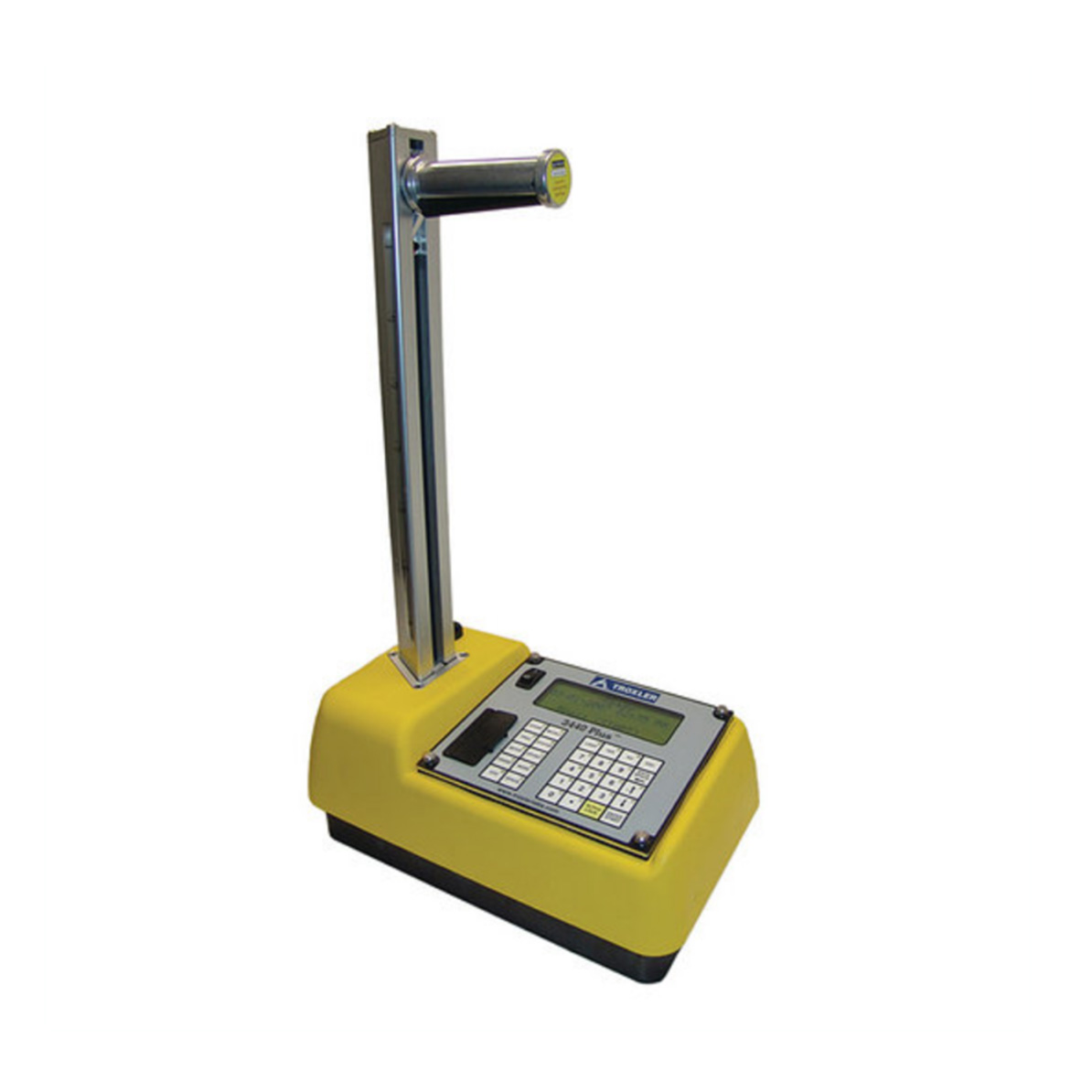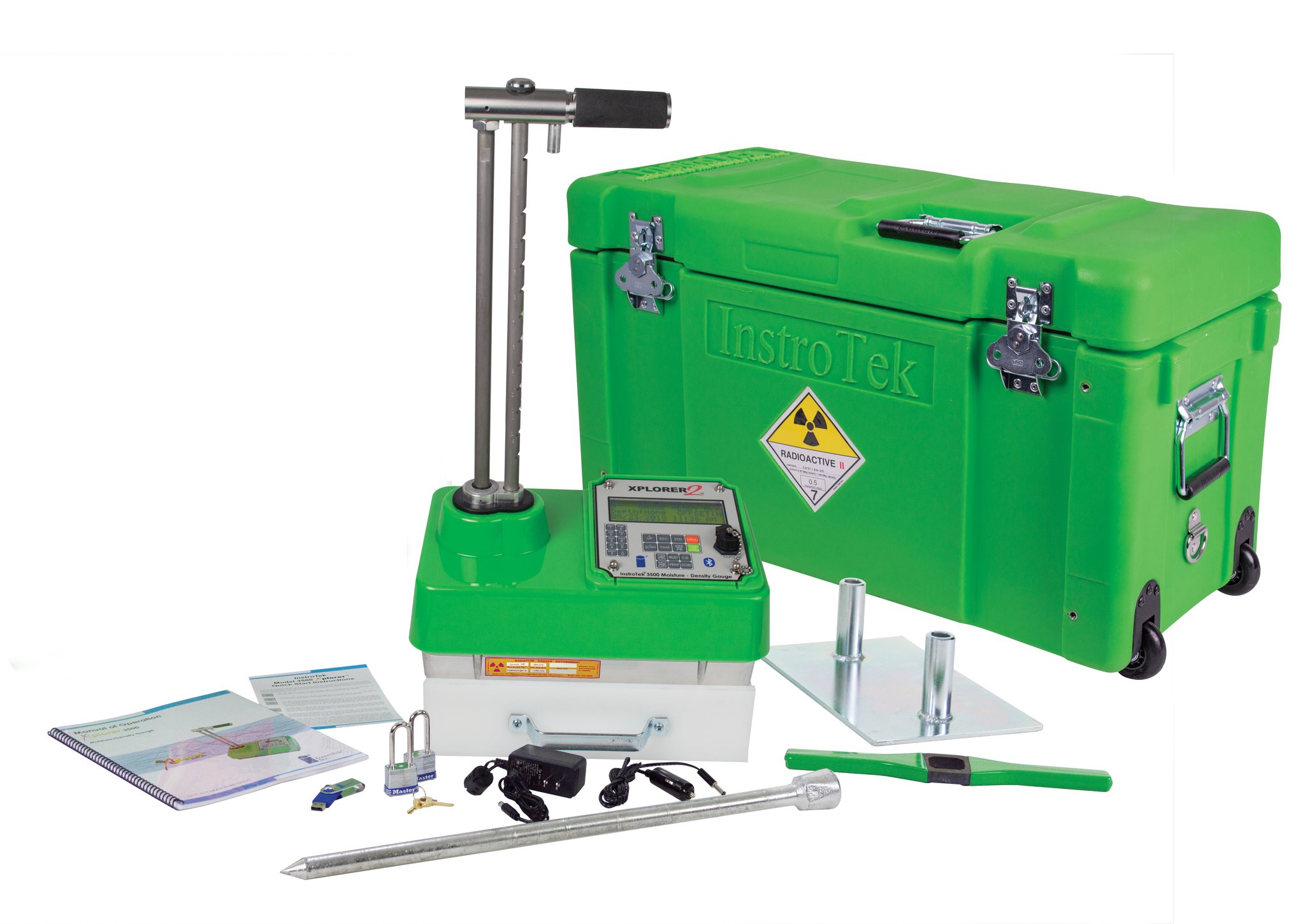Nuclear Density Gauge: Non-Destructive Density Measurement For Diverse Applications
What is Nuclear Density Gauge: Non-Destructive Density Measurement For Diverse Applications? Nuclear Density Gauge: Non-Destructive Density Measurement For Diverse Applications is a sophisticated measurement technology that provides accurate and real-time density readings of materials without causing any damage to the sample being tested. It uses the principles of nuclear physics to measure the density of a wide range of materials, from soils and asphalt to coal and minerals.

Nuclear Density Gauge - Source piratarmy.com
Editor's Notes: Nuclear Density Gauge: Non-Destructive Density Measurement For Diverse Applications have published today date". Given its wide range of applications in various industries, understanding the principles and benefits of Nuclear Density Gauge: Non-Destructive Density Measurement For Diverse Applications is crucial for professionals seeking precise and non-destructive density measurement solutions. Through extensive analysis and research, we have compiled this comprehensive guide to provide valuable insights into the capabilities and advantages of Nuclear Density Gauge: Non-Destructive Density Measurement For Diverse Applications.
To further enhance your understanding, we have summarized the key takeaways and differences in a table format below:
FAQ
This comprehensive FAQ section aims to provide clear and concise answers to frequently asked questions about Nuclear Density Gauges (NDGs) and their applications. By addressing common queries, we hope to enhance understanding and guide informed decision-making.

Nuclear density gauge by tony196 - Issuu - Source issuu.com
Question 1: What is the underlying principle behind Nuclear Density Gauges?
Answer: NDGs utilize the principles of nuclear physics, employing a radioactive source to emit gamma rays that interact with the material being measured. The attenuation of these gamma rays, caused by interactions within the material, provides data on its density.
Question 2: What materials can be measured using NDGs?
Answer: NDGs can effectively measure the density of a wide range of materials, including soils, construction materials, minerals, and agricultural products.
Question 3: Are Nuclear Density Gauges safe to use?
Answer: Yes, NDGs are designed to meet strict safety standards. They emit low levels of radiation, and appropriate shielding measures are implemented to ensure safe operation.
Question 4: What are the advantages of using NDGs over traditional density measurement methods?
Answer: NDGs offer numerous advantages, including non-destructive testing, real-time measurements, accurate density determination, and minimal sample preparation.
Question 5: What industries commonly employ Nuclear Density Gauges?
Answer: NDGs find widespread use in diverse industries, such as construction, geotechnical engineering, mining, agriculture, and environmental monitoring.
Question 6: How do NDGs contribute to quality control and research?
Answer: NDGs provide valuable data for quality control purposes, ensuring material compliance with specifications. They also play a crucial role in research, facilitating the investigation of material properties and processes.
In summary, Nuclear Density Gauges offer a precise and versatile tool for non-destructive density measurement in a variety of applications. Their numerous advantages, coupled with their adherence to safety standards, make them a reliable and valuable resource.
Proceed to the next section to delve deeper into the working principles and applications of Nuclear Density Gauges.
Tips
The Nuclear Density Gauge: Non-Destructive Density Measurement For Diverse Applications provides accurate and reliable density measurements for a wide range of materials. Here are some tips for using the gauge effectively.
Tip 1: Calibrate the Gauge Regularly
Regular calibration ensures that the gauge is providing accurate readings. Calibrate the gauge according to the manufacturer's instructions, using a known density standard.
Tip 2: Use the Correct Source for the Material
Different materials have different absorption coefficients for gamma rays. Use the appropriate source for the material being measured to obtain the most accurate results.
Tip 3: Use a Consistent Measurement Technique
Maintain a consistent distance and angle between the gauge and the material being measured. Variations in these parameters can affect the accuracy of the readings.
Tip 4: Account for Environmental Conditions
Environmental factors such as temperature and humidity can affect the gauge's readings. Consider these factors and make appropriate adjustments if necessary.
Tip 5: Interpret the Results Carefully
The gauge's readings are only part of the information needed to determine the density of a material. Consider other factors such as the material's composition and porosity when interpreting the results.
By following these tips, you can ensure that you are using the Nuclear Density Gauge effectively and obtaining accurate and reliable density measurements.
Nuclear Density Gauge: Non-Destructive Density Measurement For Diverse Applications
Nuclear density gauges employ non-destructive methods to accurately measure the density of various materials, catering to a wide range of applications. Six key aspects underpin the significance and versatility of these gauges:
- Non-Invasive Measurement: No damage to materials, enabling repeated measurements on the same sample.
- Real-Time Monitoring: Continuous density monitoring for process control and optimization.
- Versatile Applications: Suitable for a broad spectrum of industries, including construction, mining, and food processing.
- Material Independence: Capable of measuring density in solids, liquids, and slurries.
- High Accuracy: Precise measurements with minimal deviation from actual values.
- Enhanced Safety: No exposure to radiation for operators, ensuring safety.
The non-destructive nature of nuclear density gauges makes them ideal for monitoring density changes over time, enabling early detection of anomalies or defects. Their versatility extends to measuring density in diverse environments, such as confined spaces or hazardous conditions. The accurate and reliable data provided by these gauges contribute to improved product quality, optimized processes, and enhanced safety in various industries.
![]()
Nuclear Density Gauge: Over 3 Royalty-Free Licensable Stock Vectors - Source www.shutterstock.com
Nuclear Density Gauge: Non-Destructive Density Measurement For Diverse Applications
Nuclear density gauges are non-destructive testing (NDT) devices used to measure the density of materials. They are commonly used in various industries, including construction, mining, and manufacturing. These gauges utilize the principles of nuclear physics to determine the density of a material without damaging or altering its structure.

Nuclear Density Gauge Calibration - Source cmtequipment.com.au
The working principle of a nuclear density gauge involves the emission of gamma rays or neutrons into the material being tested. The emitted radiation interacts with the atoms within the material, causing them to scatter or absorb the radiation. The amount of scattering or absorption is directly proportional to the density of the material. By measuring the intensity of the transmitted or scattered radiation, the gauge can accurately determine the density of the material.
Nuclear density gauges offer numerous advantages over traditional methods of density measurement. They are non-destructive, portable, and can provide real-time measurements. They are also highly accurate and can measure a wide range of densities across different materials.
Applications of nuclear density gauges are extensive, including:
- Measuring the density of soil and asphalt in road construction
- Determining the density of ores and minerals in mining operations
- Assessing the density of concrete in building structures
- Monitoring the density of slurries and liquids in industrial processes
- Inspecting the integrity of pipelines and storage tanks
Nuclear density gauges play a critical role in ensuring the quality and safety of materials used in various industries. They provide accurate and reliable density measurements, enabling engineers and technicians to make informed decisions and optimize processes.
Conclusion
Nuclear density gauges have revolutionized the field of density measurement, offering a non-destructive and highly accurate method for determining the density of a wide range of materials. Their applications span multiple industries, contributing to the quality and safety of infrastructure, products, and processes.
As technology continues to advance, the capabilities of nuclear density gauges are expected to expand, enabling even more precise and versatile density measurements. The ongoing development and refinement of these gauges hold promise for further advancements in various fields, from construction and mining to manufacturing and scientific research.
Essential Guide To Immunizations: Protecting Your Health From Infectious Diseases, Mikko Koivu: Legendary Finnish Hockey Star And Captain, Kuttesa: An Ancient City With A Rich History, Unveil The Delights Of Dubai's Exemplary Chocolate Delicacies, Bob Menéndez: US Senator For New Jersey, Foreign Relations Committee Chairman, Omeyer: The Legendary French Handball Goalkeeper And Olympic Champion, Unveiling The Vibrant Tapestry Of Medellín: A Modern City With A Rich Past, The Legendary Acoustic Maestro: Martin Guitars And Their Timeless Appeal, Pumas Vs. Atlas: Fierce Rivalry Ignites On The Pitch, Youth Employment: Empowering The Future Workforce,